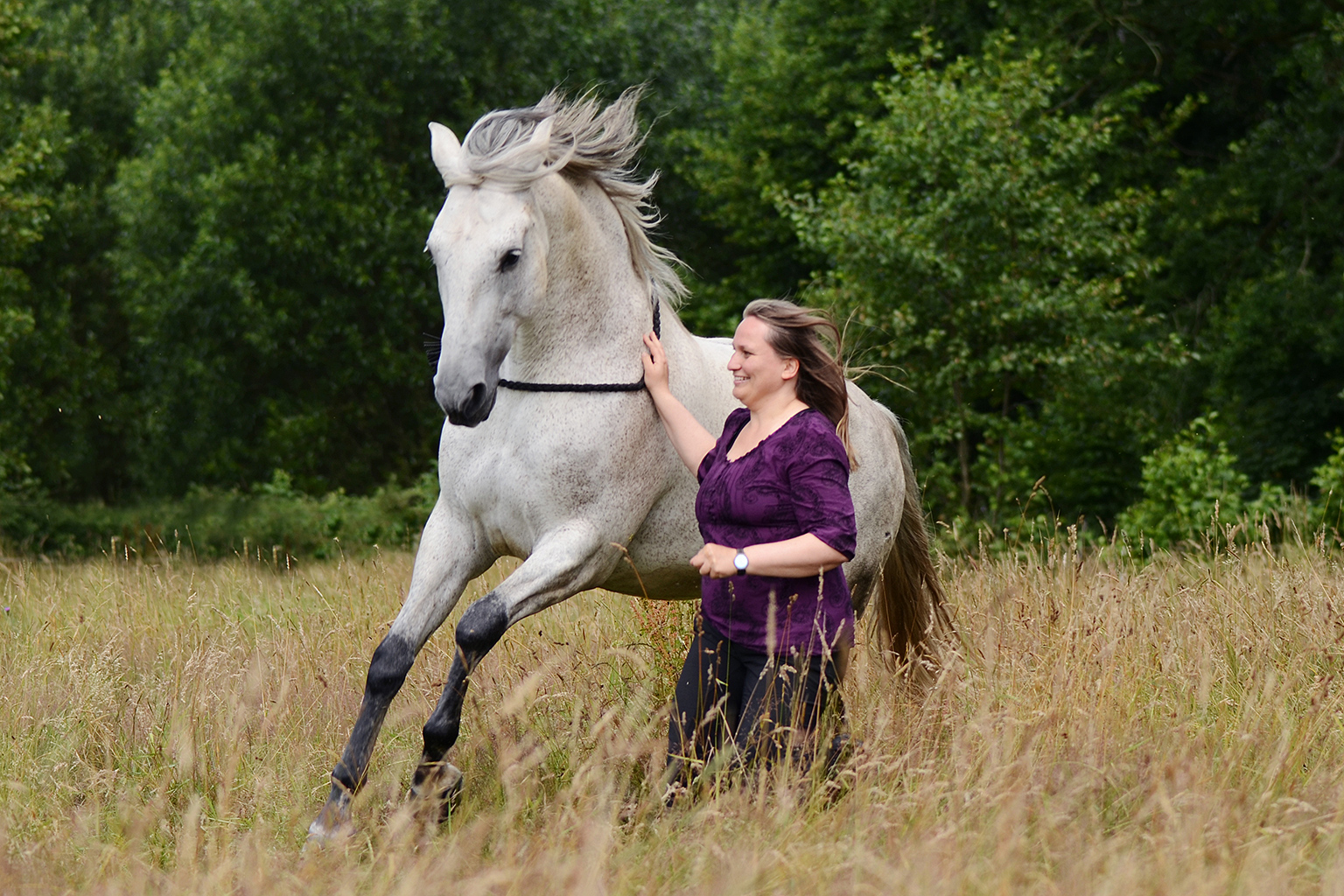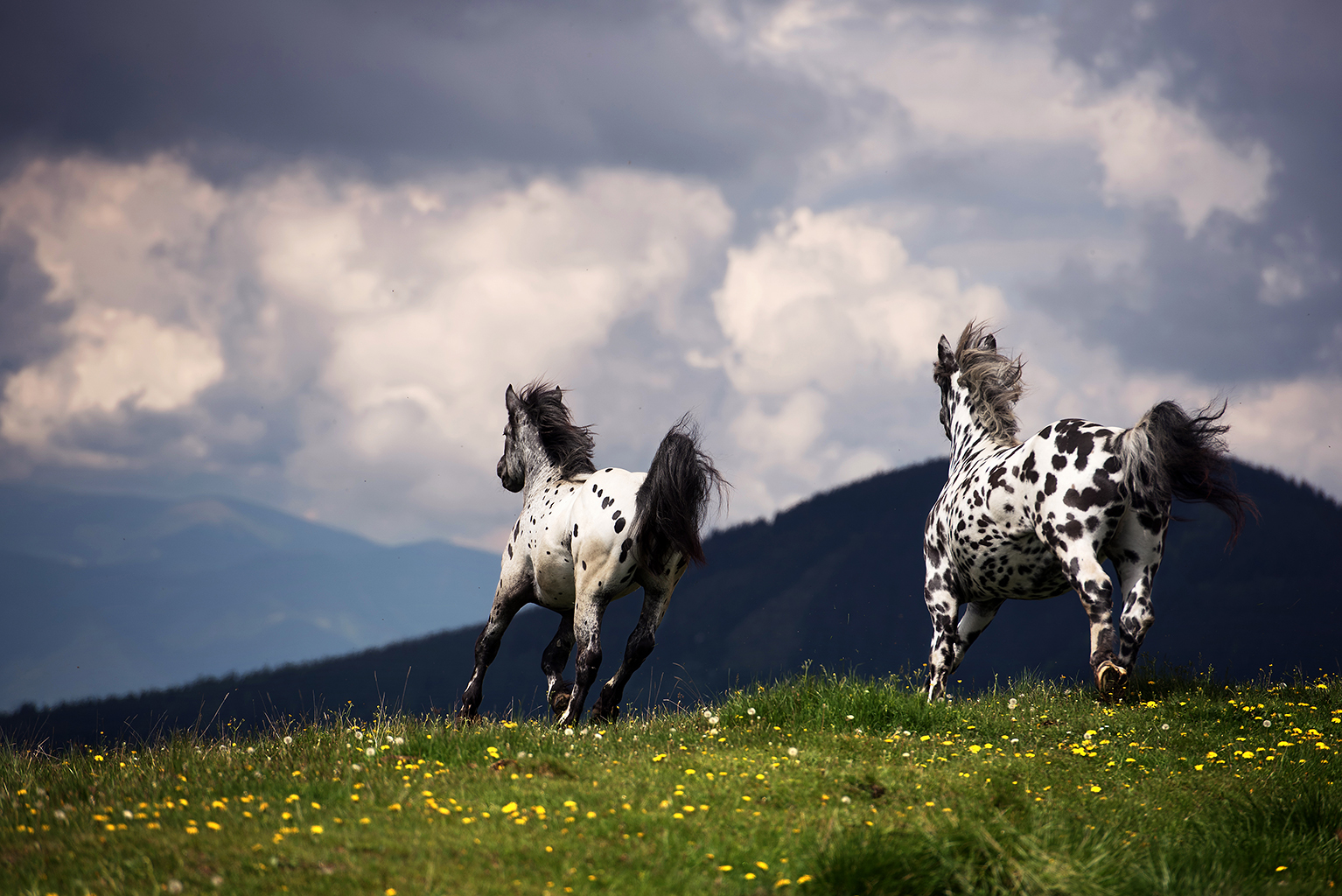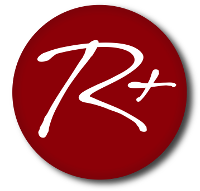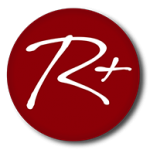Move together

Dance together without lead
Free work with horses is always based upon a complex and intuitive interaction of both partners. In my opinion, the resulting motion dialogue does not depend on the guidance of one side alone, but happens through the interaction of two precisely coordinated bodies. This does not require psychic abilities; it is an elementary capability of all social beings to respond to their counterparts, and to create something bigger together. So, the sum of the different personality traits of man and horse can create a dance that reflects the distinct characters if we allow their traits to inspire each other.
Personality traits
Many different factors influence a herd of horses’ direction of movement and spatial distribution, and we are able to observe a seemingly inexplicable alignment of motion vectors whenever two individuals, or a group of humans or animals move together. By analyzing the swarm behavior of sticklebacks in a behavioral study, Jolles and other researchers were able to demonstrate that the personality structure of individuals within the swarm influences its cohesion, dynamics and speed of movement: More quiet individuals maintained close contact with others, and produced a rather slow form of group movement; in contrast, stickleback swarms consisting of a majority of more independent personality types produced less interconnectedness with each other, and achieved a higher travel speed.

Group dynamics or team spirit?
We are able to make similar observations in our various groups of horses, and very different patterns of movement emerge as well; this depends largely on the respective distribution of more cautious characters and rather courageous types within a mini herd. Each “swarm of horses” will react in different ways to unusual situations; one might like to keep a distance, and be ready to escape while another, encouraged by more experience-oriented herd members, might approach to investigate the situation in detail. So, what does this mean with regard to the two-beings-constellation we and our horse typically show in free work? Basically, we have to consider the distinct personalities interacting with each other. Swarm behavior in large groups tends to have a balancing effect on the total movement, and extreme behavior of individual members is mitigated by the reactions of many other animals. In contrast, two unequal beings who can only follow their training partner meet when we are together with our horse. Thus, tiny uncertainties and spontaneous exuberance easily define the entire team’s motion impulse, and eventually, our character and nature will decide whether we like to encourage the joy for moving, or rather recognize our own need for security and reserve in our horse.
Marlitt Wendt & Conny Ranz

Jolles et al., ‘Consistent Individual Differences Drive Collective Behavior and Group Functioning of Schooling Fish’, Current Biology (2017).


